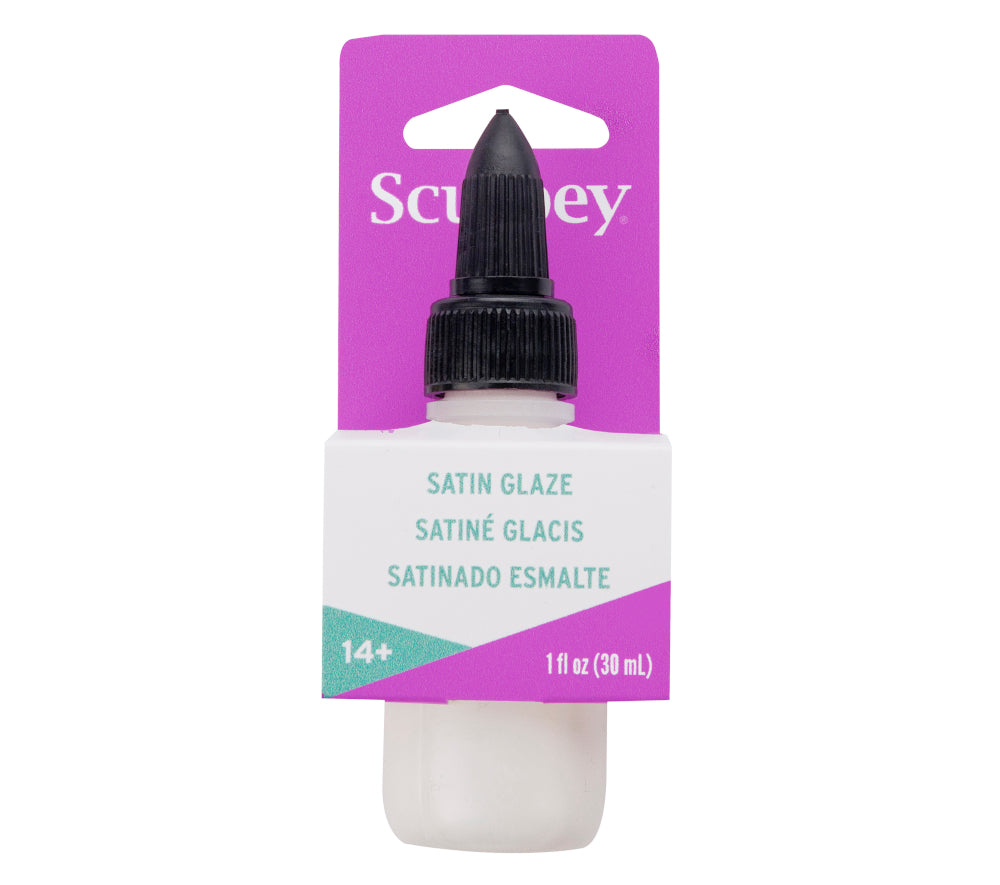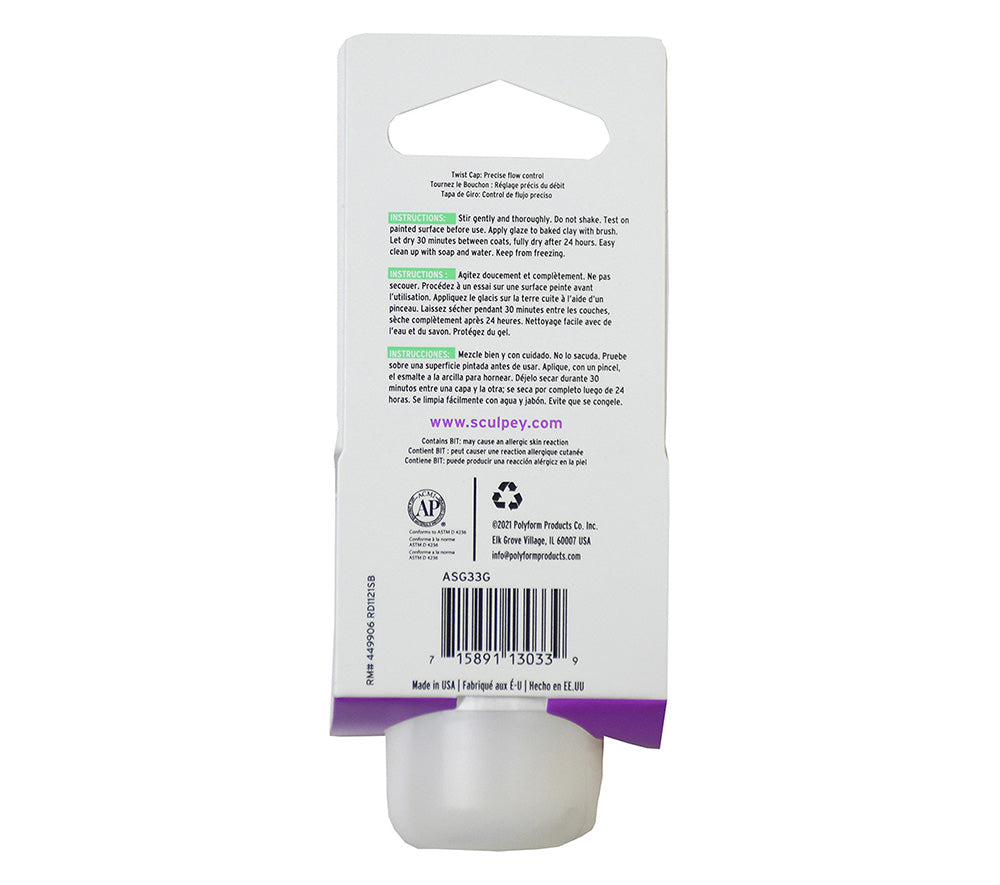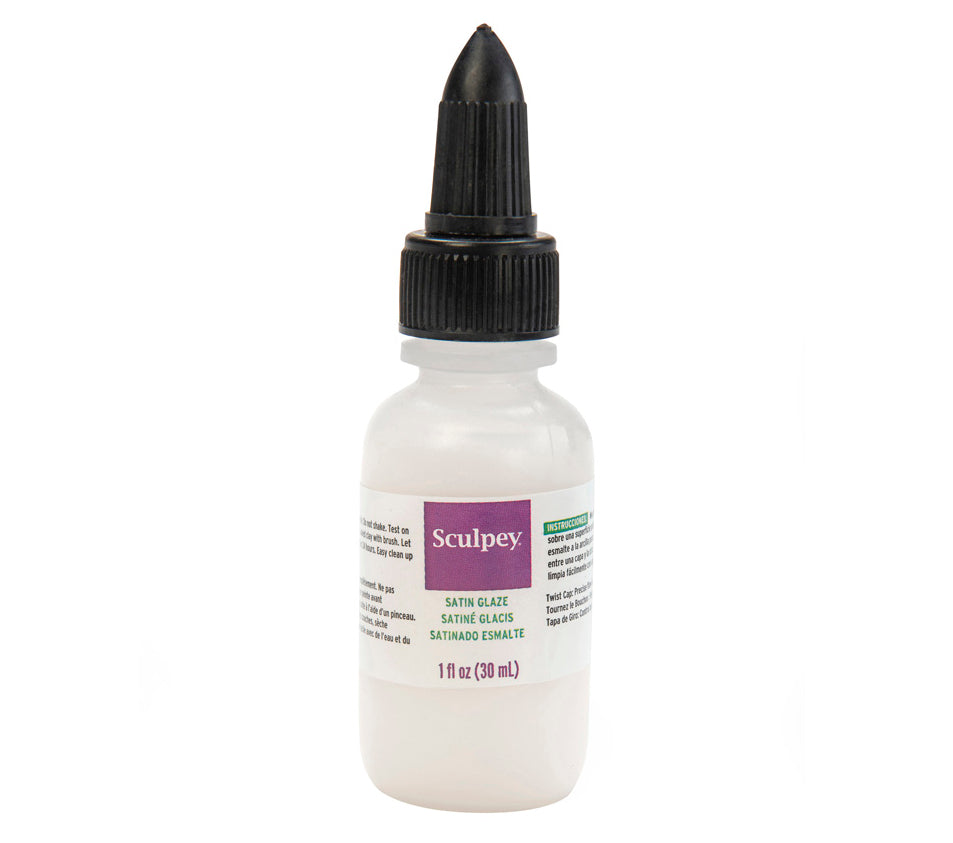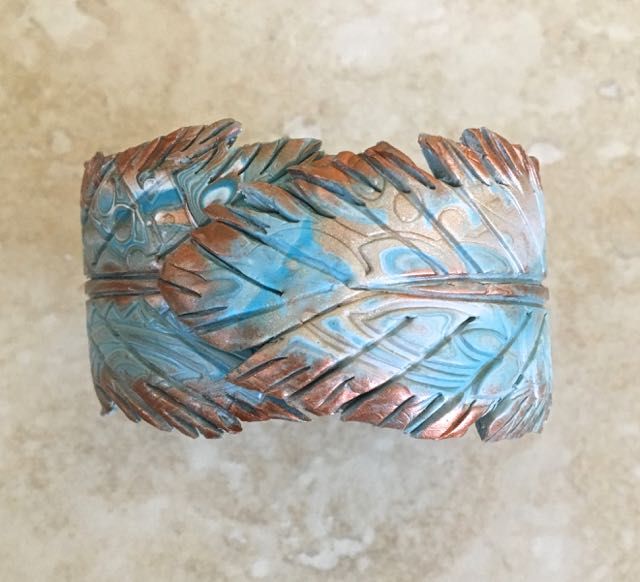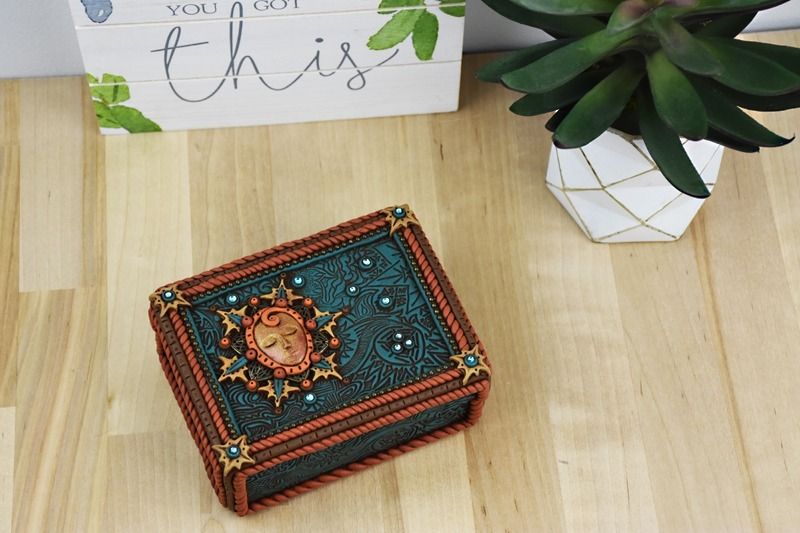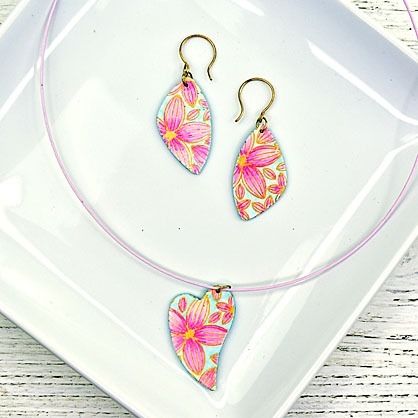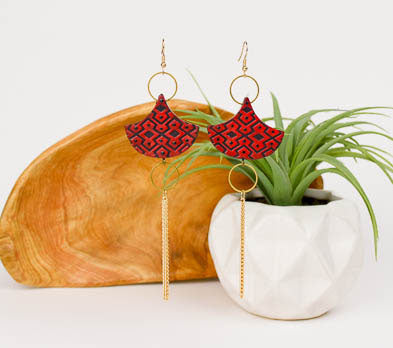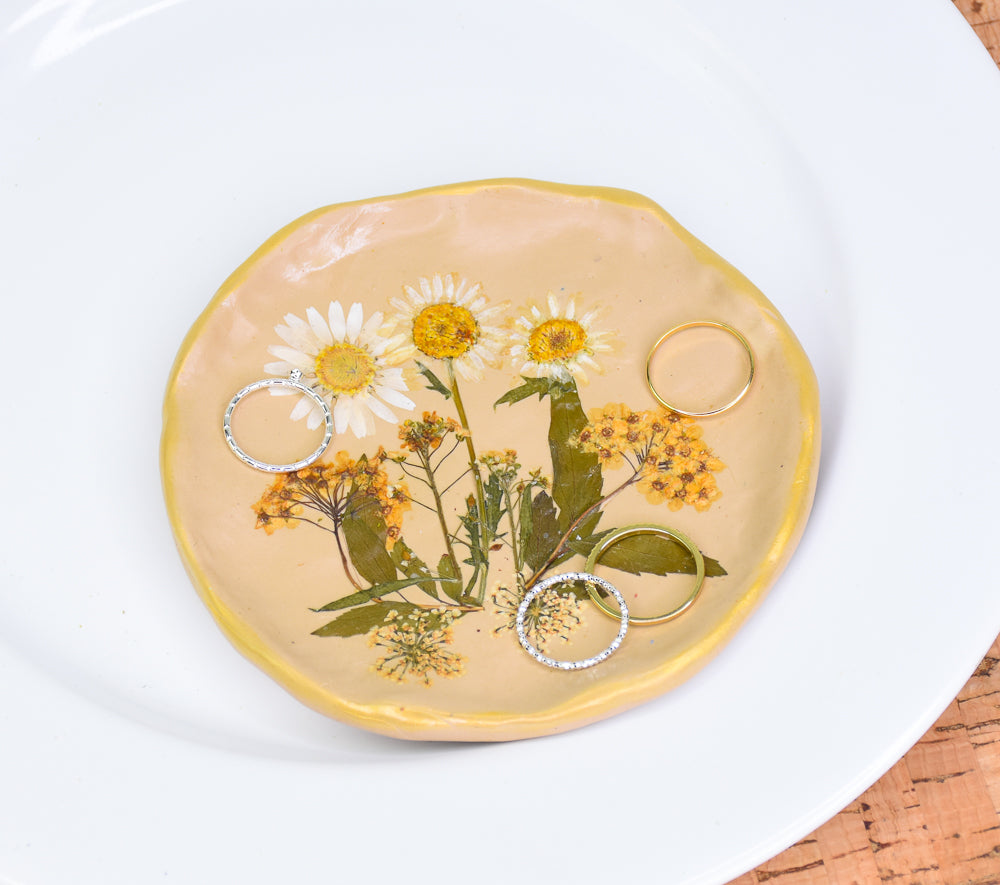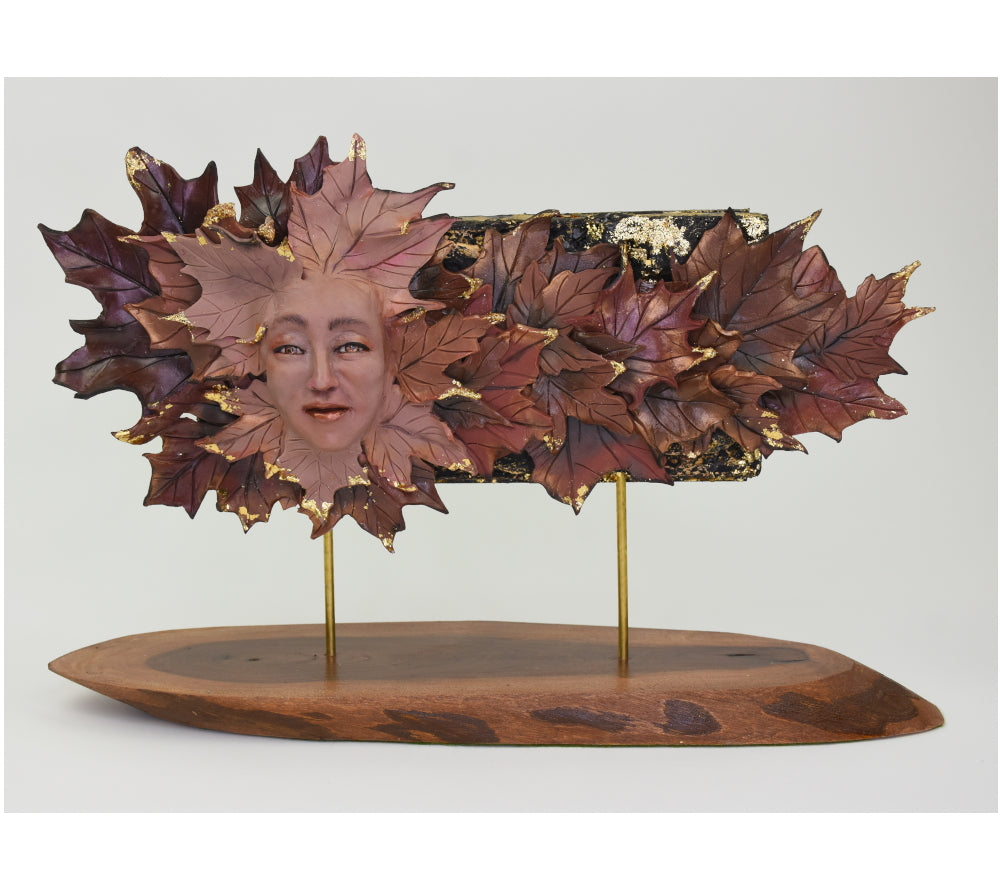Sculpey® Satin Glaze 1 oz
Sculpey® Satin Glaze 1 oz
Finish off your clay creation with a smooth matte glaze. Sculpey glaze provides a smooth seal to set your clay, cover imperfections, and offer a compatible surface for colored clay paints and finishes.
- Twist cap for precise flow control
- Provides a durable seal or finish for baked clay items.
- Compatible with acrylic-water based finishes.
- Apply thin coats, allowing 30 minute dry time between coats.
- Let air dry for 24 hours.
- To thin – add a couple drops of water and gently stir.
- Beautiful matte finish
- 1 fl oz.
Couldn't load pickup availability


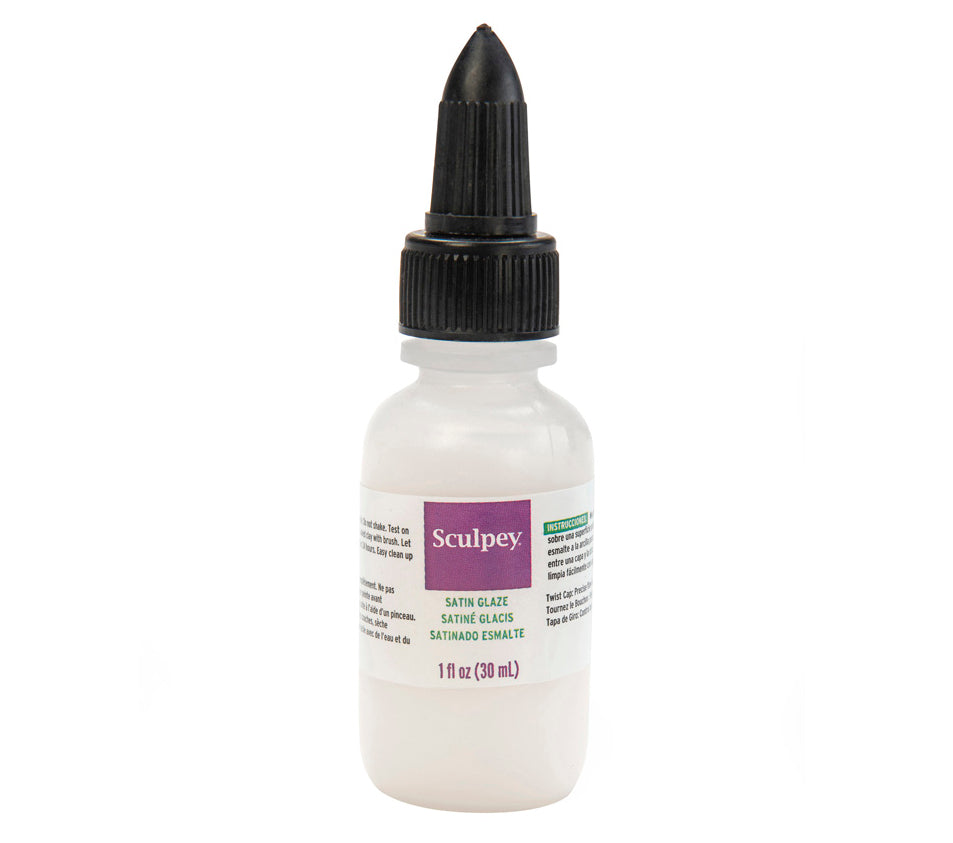
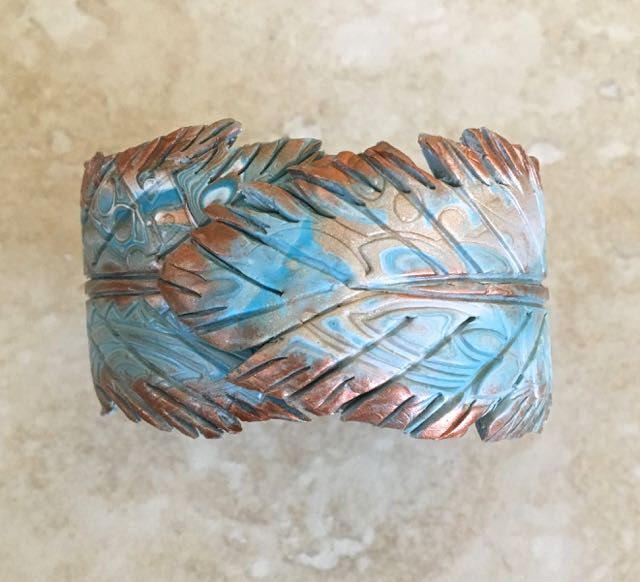
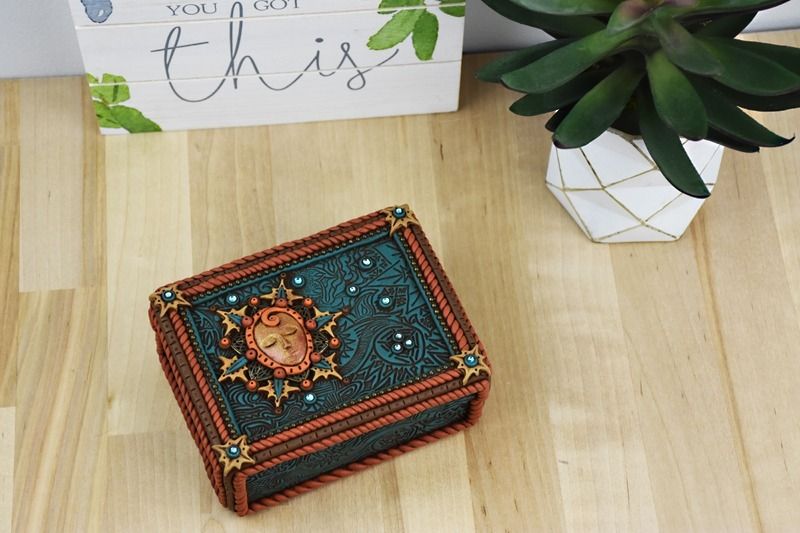
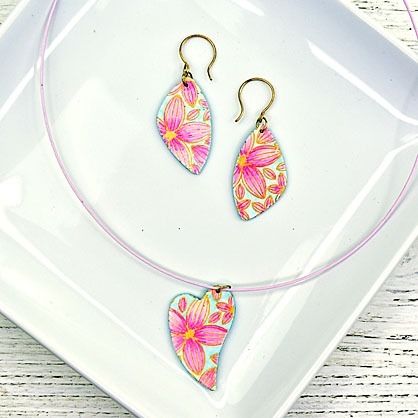
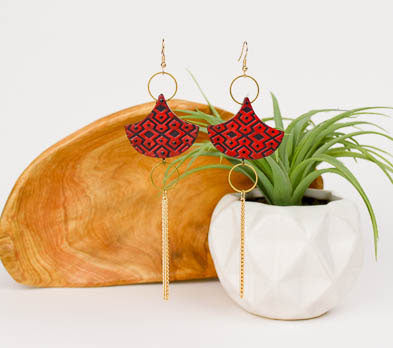
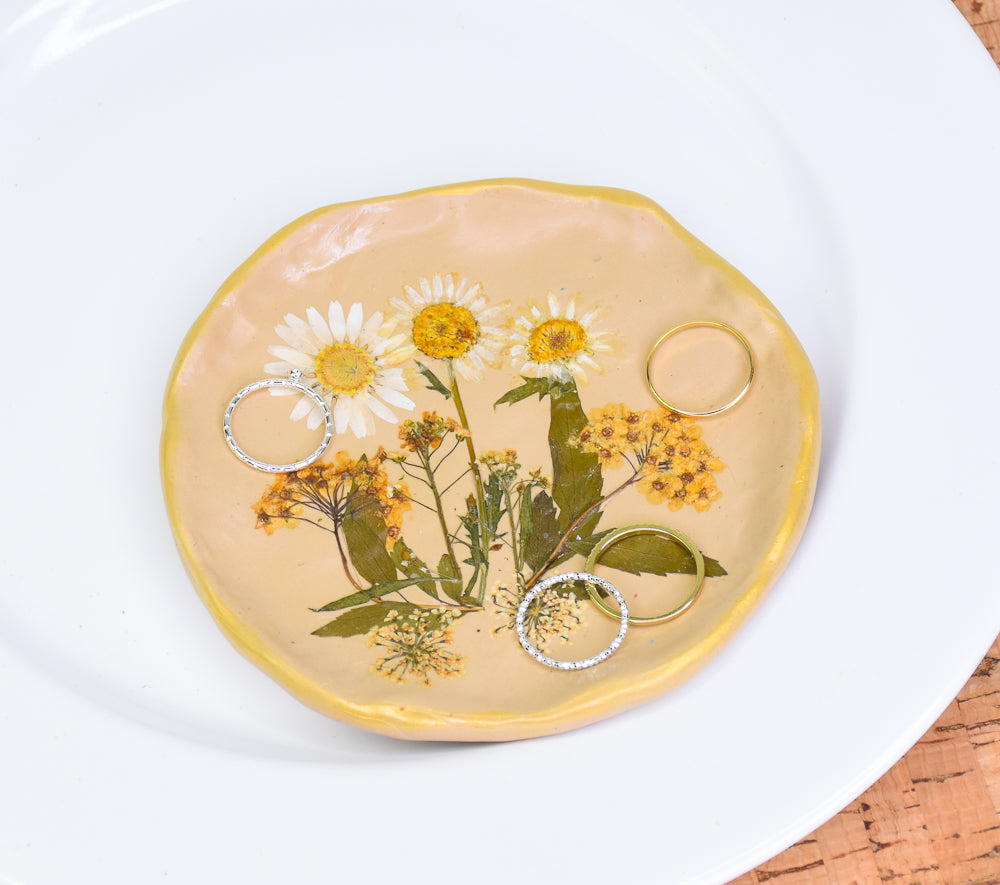
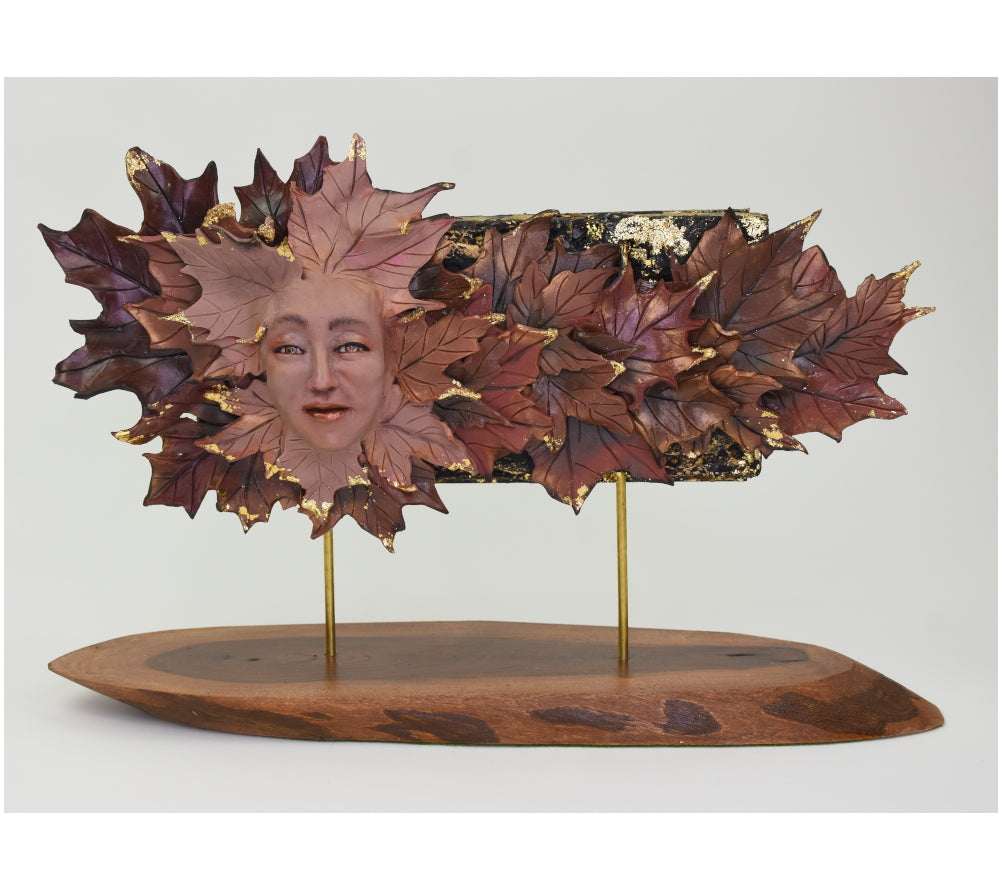
shipping
SCULPEY SHIPPING INFORMATION AND POLICIES
ORDER CHANGES / MODIFICATIONS / CANCELLATIONS
Polyform Products begins to process your order immediately after you click the SUBMIT ORDER button. Because of our system processes, we are unable to change or cancel an order once it is submitted.
ORDER PROCESSING:
Normal order processing can take 1-3 business days (Monday – Thursday).
SHIPPING DELIVERY:
For standard ground delivery, you can expect delivery within 6-10 business days from your order date (business days are Monday-Friday, excluding Holidays). Standard Shipping combines the capabilities of Fed Ex, UPS and USPS, delivering packages to you more efficiently. Fed Ex will deliver your package to your local post office, where your postal carrier will make the final delivery to your door or mailbox. You’ll receive an email with tracking information when your order is shipped.
FREE SHIPPING:
All orders over $49.99 (before taxes and after discounts) qualify for Free Standard Shipping in the contiguous United States - excludes Alaska/Hawaii/Puerto Rico
STANDARD RATES
STANDARD
6-10 business days
ALASKA/HAWAII/PUERTO RICO
15-18 business days
Currently, we do not ship to U.S. Territories, Canada or other international addresses.
SHIPPING PROMOTIONS
Orders qualifying for FREE shipping promotions are shipped via our Standard Ground Shipping service only. FREE or discounted shipping is available in the Contiguous U.S. only, and excludes Alaska, Hawaii and Puerto Rico.
PRODUCT AVAILABILITY:
Orders are accepted with the understanding that stock is available at the time the order is placed. In some instances, limited availability may prevent us from shipping the quantity you requested. In the event that this occurs, you will receive an email if the status changes on any of the product within your order.
MULTIPLE BOXES
We may ship your order to you in multiple boxes depending on the order size and item size.
APO/FPO Address:
For shipping to APO/FPO addresses, shipping rates are based on the value of the order and are automatically applied at checkout. Please see rate table below for shipping charges:
| Order Total | Shipping Charge |
|---|---|
| $0-$75 | $19.90 |
| $75.01-$150 | $39.80 |
| $150.01-$225 | $59.70 |
| $225.01 - $300 | $79.60 |
| $300.01 - $375.00 | $99.50 |
| $375.01 - $450.00 | $119.40 |
| $450.01 - $525.00 | $139.30 |
| $525.01 - $600.00 | $159.20 |
| $600.01 - $675.00 | $179.10 |
| $675.01 - $750.00 | $199.00 |
| $750.01 - $825.00 | $218.90 |
| $825.01 - $900.00 | $238.80 |
| $900.01 - $975.00 | $258.70 |
| $975.01 - $1,050.00 | $278.60 |
| $1,050.01 - $1,125.00 | $298.50 |
| $1,125.01 - $1,200.00 | $318.40 |
| $1,200.01 - $1,275.00 | $338.30 |
| $1,275.01 - $1,350.00 | $358.20 |
| $1,350.01 - $1,425.00 | $378.10 |
| $1,425.01 - $1,500.00 | $398.00 |
| $1,500.01 - $1,575.00 | $417.90 |
| $1,575.01 - $1,650.00 | $437.80 |
| $1,650.01 - $1,725.00 | $457.70 |
| $1,725.01 - $1,800.00 | $477.60 |
| $1,800.01 - $1,875.00 | $497.56 |
| $1,875.01 - $1,950.00 | $517.40 |
| $1,950.01 - $2,025.00 | $537.30 |
| $2,025.01 - $2,100.00 | $557.20 |
| $2,100.01 - $2,175.00 | $577.10 |
| $2,175.01 - $2,250.00 | $597.00 |
| $2,250.01 - $2,325.00 | $616.90 |
| $2,325.01 - $2,400.00 | $636.80 |
| $2,400.01 - $2,475.00 | $656.70 |
| $2,475.01 - $2,550.00 | $676.60 |
| $2,550.01 - $2,625.00 | $696.50 |
| $2,625.01 - $2,700.00 | $716.40 |
| $2,700.01 - $2,775.00 | $736.30 |
| $2,775.01 - $2,850.00 | $756.20 |
| $2,850.01 - $2,925.00 | $776.10 |
| $2,925.01 - $3,000.00 | $796.00 |
To place an order larger than $3000 to a military base, please email info@polyformproducts.com.
Polymer Clay Sealers From Sculpey®
Polymer clay satin glaze from Sculpey® produces a highly lustrous, clean finish and is perfect for coating all baked Sculpey® products. This air-drying acrylic glaze will finish your clay creations with a smooth, matte glaze, and you can thin it using water.
Sculpey® Satin Glaze is a highly sought-after polymer clay sealer known for covering imperfections and offering a compatible surface for colored clay paints and finishes.
To use polymer clay satin glaze, apply thin coats, allowing 30 minutes of dry time between each. Let your clay piece air-dry for 24 hours before revealing a beautiful matte finish. You can add glaze to uncured or cured clay for permanent protection.
What Is a Polymer Clay Glaze?
A glaze or varnish is a coating that many clayers use for their polymer clay pieces. Glaze seals any paint on your clay creations and lends more durability to your projects. It can also give your piece a beautiful shine if you use a glossy glaze.
High-Quality Polymer Clay Sealer for Your Projects
At Sculpey®, we strive to provide all the tools you need to unleash your creativity, whether you're working on a homemade gift or preparing for an art project. Our Sculpey® Satin Glaze is the perfect final touch to your creations, thanks to its:
- - Ease of use: A twist cap allows for more control over where you apply the coating.
- - Versatility: Our products work well with any acrylic, water-based finish or paint. These glazes are also compatible with all of our oven-bake clays.
- - Durability: With our polymer clay sealer, you can preserve your clay design's unique qualities for a long time to come.
Six Tips for Glazing Polymer Clay
When you want to glaze your polymer clay pieces, make sure to:
- Stir the glaze gently and be careful not to shake the bottle. This action can help prevent air bubbles from forming.
- If your glaze is too thick, try thinning it with water. Add a few drops, then let the glaze sit for an hour. Repeat this until you get the consistency you want.
- Hang your clay creation by a hook instead of allowing it to lay flat to dry. Find a small piece of steel wire, then make a small hook on one side and a larger hook on the other using tweezers.
- Avoid paint smudges while glazing. You should always ensure your paint is completely dry before adding a glaze.
- Glaze your polymer pieces two or three times. On the first try, use a brush to go over the painted area very carefully. Then, use a thicker coat the next one or two times you use our polymer clay satin glaze. This method prevents your glaze from peeling.
- You should test your glaze before applying it to the entire piece, because some art mediums may cause your clay to become sticky.
How Do You Glaze Polymer Clay Charms?
The best way to glaze your clay charms is by using a brush. Ensure you rinse your brush off after each use and simply coat your charm with glaze like you would with paint. Next, let your piece dry by hanging it in an area that's clean and well-ventilated for about four hours.
Because the glaze may collect at the bottom of the charms, use a clean tissue to lightly dab this clay area as the charms hang to dry.
Keep in mind that glazing your piece is not necessary — it's entirely up to you and what you'd like to do with your charm. You can also choose to only glaze certain parts of your project if you want that shine on some areas and not others.
What's the Difference Between Sculpey® Satin Glaze and Sculpey® Gloss Glaze?
The main difference between Sculpey® Satin Glaze and Sculpey® Gloss Glaze is their respective finishes - glossy or satin.
What Else Can I Do to Finish My Clay Designs?
You can do more than seal your polymer clay! There are multiple ways to finish your polymer glaze design before you glaze it. Two of these techniques are:
- - Buffing: Buffing is an alternative method for making your piece shine. It offers a soft glow that complements translucent or metallic clays.
- - Sanding: Sanding is the way to go if you'd like to remove stray fingerprints and unwanted textures. If you plan to paint your clay, sanding also creates a texture that helps the paint adhere to the surface.
As with glazing, other finishing techniques are optional. Your Sculpey® creation features polymer clay that's naturally durable and eye-catching on its own!
Seal Your Polymer Clay Pieces With Sculpey® Satin Glaze
Sculpey® Satin Glaze comes in a 1-ounce bottle and can produce a stunning shine or finish on all your clay pieces while keeping moisture and dirt from absorbing into the clay.
Order Sculpey® Satin Glaze online today or contact a representative to learn more about which polymer clay medium will work best for your project.

